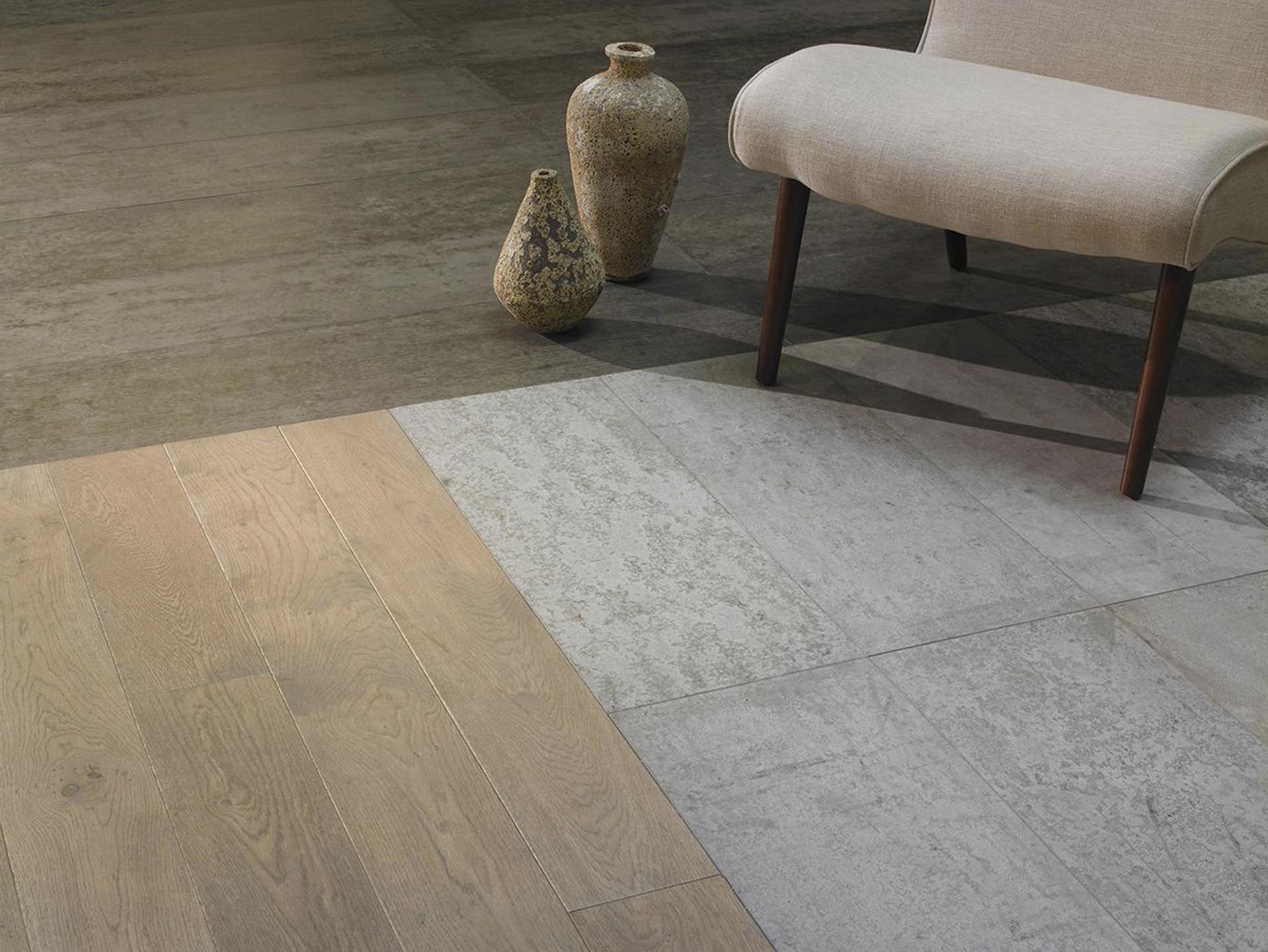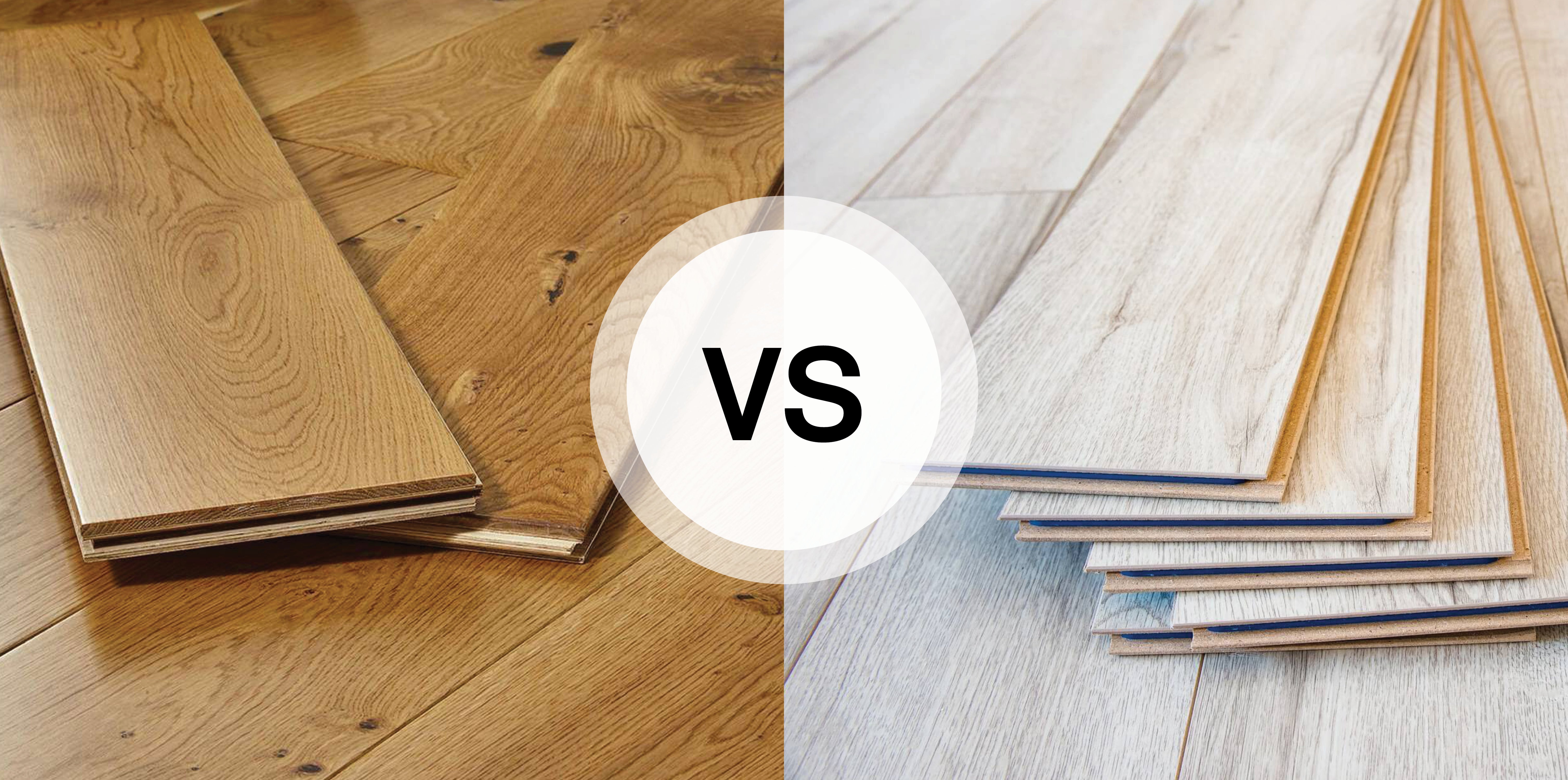Why Prefinished Timber Flooring has Bevels
Blog |

Prefinished timber flooring often features bevels for both functional and aesthetic reasons—helping to address subfloor inconsistencies while enhancing the overall appearance and durability of your floors.
When choosing timber flooring, you might notice that prefinished products often feature bevels—small grooves on the edges of each plank. While it may seem like a purely cosmetic detail, there are two important functional and aesthetic reasons behind this design choice. Here, we speak to Forté General Manager, Jonas Piesse, to understand why prefinished timber flooring typically incorporates bevels and how they contribute to both performance and appearance.
Reason #1: Subfloor levelling
One of the primary reasons for bevels in prefinished timber flooring lies in the nature of subfloor levelling. Unlike unfinished timber floors, which require sanding and levelling on-site after installation, prefinished floors are designed to be ready for immediate use once installed. However, subfloors are rarely perfectly level—there are always slight variations.
The standard for subfloor tolerance is typically a 3mm variance over a 3m² area, meaning it is almost impossible to achieve a perfectly level surface. Even the most carefully prepared subfloor will likely have minor imperfections. Without a bevel, these small variations can create visual inconsistencies and may even lead to issues like cracks or squeaks over time.
“The bevel in prefinished flooring serves as a solution to these minor subfloor inconsistencies. It accommodates slight height differences between adjacent planks, ensuring that the flooring looks uniform despite subtle subfloor irregularities,” shares Jonas.
Additionally, when using prefinished flooring, the installation process is significantly quicker. For instance, after the glue has dried, you can walk on the floor within 48 hours. This speed and convenience would not be possible if more time-consuming measures, like sanding to achieve a perfectly level surface (as is needed for unfinished timber floors), were necessary.
Reason #2: Aesthetic appeal
While the functional advantages of bevels are clear, they also play an important role in the aesthetics of prefinished timber flooring. The bevel is a subtle yet significant design feature that enhances the overall visual appeal of the floor. Typically, a micro bevel of around 1.5mm on the long side of each plank, and sometimes a smaller 0.7mm bevel on the end, helps to highlight the length of the planks and gives the flooring a more refined and polished look.
“Cheaper products don’t have that attention to detail in their design,” shares Jonas. “It seems like a small difference but it’s noticeable when the bevels haven’t been considered to make the installation of the plank look aesthetically pleasing–it’s all those little things accumulated that make a big difference.”
As with any well-designed product, it’s the combination of small details that make a big impact. The carefully considered bevels on Forté’s prefinished timber floors ensure that each plank aligns beautifully with the others, making the installation look cohesive and elegant. Even though it might not be the most obvious feature at first glance, a well-crafted bevel subtly elevates the overall aesthetic of the space.
Visit one of our Showrooms
If you have any queries about our products or need help with your project, we can provide you with expert advice. Visit one of our showrooms or book a consultation with our flooring experts today.


